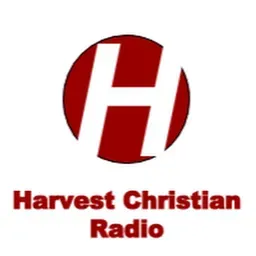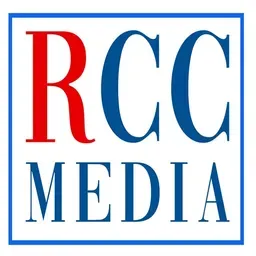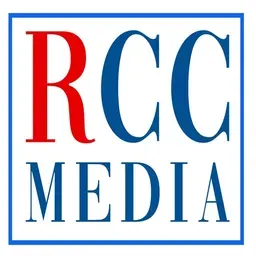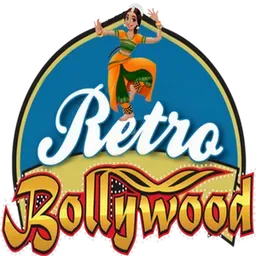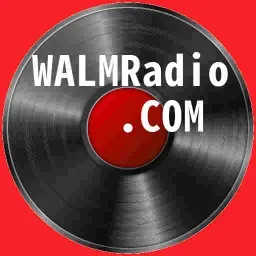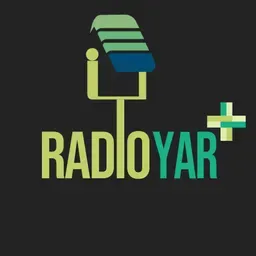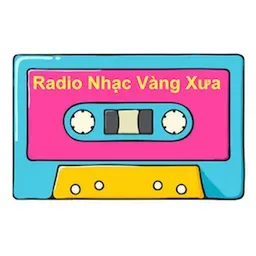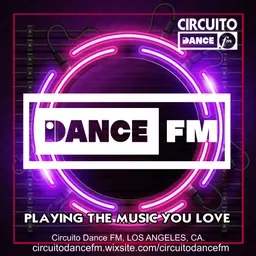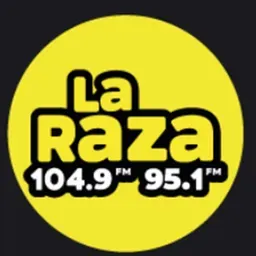

KJHK 90.7 - KJHK
It may have been a small college radio station, but it took the muscle of the US Army to get KJHK-FM 90.7 on the air. At 7 a.m. on September 6, 1975, a Sikorsky helicopter from the “Flying Cranes” of the Kansas National Guard’s 137th Aviation Company hovered noisily over Mount Oread. Enlisted by station personnel, the soldiers and their helicopter were there to hoist KJHK’s new antenna into place on the radio tower behind Marvin Hall. The job would be done by 10 a.m., but it would be another five weeks of paperwork-related delays before the station finally hit the airwaves.
Over the next 35 years (and up to the present day) KJHK would serve as Lawrence’s iconoclastic, self-described “Sound Alternative” to mainstream commercial radio. Its history has often been as colorful as the music it has played.
KJHK was hardly KU’s first foray into radio. KFKU, the University’s initial venture in radio broadcasting, had made its official debut on December 15, 1924, but a combination of signal interference and the station’s focus on educational programming had reduced its airtime to just five hours a week by the 1950s. Meanwhile, in September 1952, the University’s public radio affiliate KANU began operations, and KU itself had been served since 1956 by KUOK, a “wireless-wired” cable AM station run by School of Journalism students and available only in the dorms.
But what it lacked in size, KJHK attempted to make up for with the diversity of its sound. From the beginning the station aimed not only to serve the practical interests of the student community, but also to provide its listeners with progressive musical selections and provocative informational programs. Nontraditional rock and jazz dominated the musical offerings, and the station’s scant Top-40 coverage got the axe by early 1976 in favor of more avant-garde fare. KJHK’s Fall 1975 program schedule, for example, included such music shows as “Jayhawk Jams,” a “progressive music show…that keeps things loose with the best new music in town,” and “After Dark,” a show offe
Over the next 35 years (and up to the present day) KJHK would serve as Lawrence’s iconoclastic, self-described “Sound Alternative” to mainstream commercial radio. Its history has often been as colorful as the music it has played.
KJHK was hardly KU’s first foray into radio. KFKU, the University’s initial venture in radio broadcasting, had made its official debut on December 15, 1924, but a combination of signal interference and the station’s focus on educational programming had reduced its airtime to just five hours a week by the 1950s. Meanwhile, in September 1952, the University’s public radio affiliate KANU began operations, and KU itself had been served since 1956 by KUOK, a “wireless-wired” cable AM station run by School of Journalism students and available only in the dorms.
But what it lacked in size, KJHK attempted to make up for with the diversity of its sound. From the beginning the station aimed not only to serve the practical interests of the student community, but also to provide its listeners with progressive musical selections and provocative informational programs. Nontraditional rock and jazz dominated the musical offerings, and the station’s scant Top-40 coverage got the axe by early 1976 in favor of more avant-garde fare. KJHK’s Fall 1975 program schedule, for example, included such music shows as “Jayhawk Jams,” a “progressive music show…that keeps things loose with the best new music in town,” and “After Dark,” a show offe

